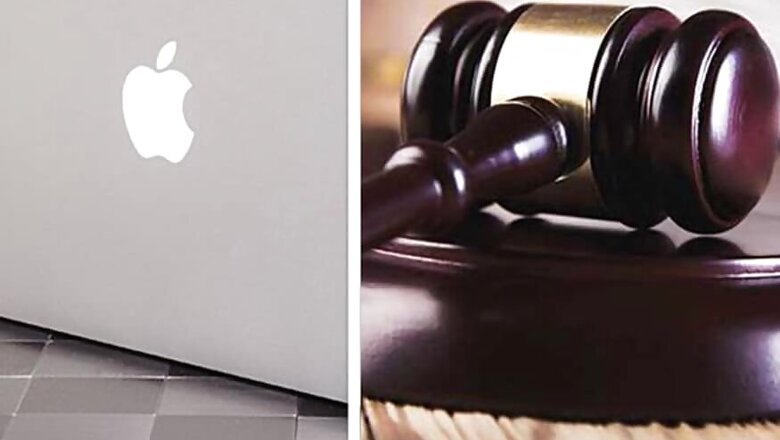
views
New Delhi: Bulky case files placed comfortably on shiny new computer monitors -- If there is one sight which can best describe the status of digitisation and use of computer technology in the Supreme Court of India, this may be it.
On May 10, Chief Justice of India J S Khehar, along with Prime Minister Narendra Modi, had launched the ambitious scheme for complete digitisation of all courts in the country, with the Supreme Court promising to start its paperless filing from July 3.
When the court reopened on July 3 after a seven-week-long summer break, the judges looked upbeat about the new computer monitors replacing their wooden desks. An hour later, these computer monitors were doing exactly what the wooden desks used to do -- held weighty paper books for judges to read. A few judges, however, were careful enough to move the monitors aside as they returned to wooden desks and paper books.
The manner in which digital technology is sought to be promoted among the judges in the top court also presents an intriguing situation.
All Supreme Court judges get Apple MacBook laptops as soon as they assume offices. Recently, taking a cue from the Delhi High Court where judges were given Apple iPad tablets, the Supreme Court judges were also given Samsung Galaxy tabs. With the digitisation plan setting in, two desktop monitors - one in the court room and one for the residential office, are also allotted to every judge now.
CNN-News18 spoke to a few judges in the Supreme Court and also in the Delhi High Court, which had begun its e-court exercise almost seven years ago.
The judges were bewildered why there are three operating platforms for three different devices. Each device works upon a different operating system -- iOS, Android and Windows, respectively.
"When digitisation is the ultimate goal for upgradation and convenience, one would question why was this not contemplated that judges should have the same working platform in all their devices? The issues of compatibility and seamless integrity are bound to come up when you work on three different technological platforms," said a judge. He pointed out that case file formats are distinct and sharing files among the devices itself is a pain at times since what you transfer from your one device to another doesn't open, or can't be accessed in the formatted version.
Another judge said it would have been perhaps more prudent if judges were handed over iPads instead of huge computer desktops. "This would have taken care of not just the compatibility issue but also cost effectiveness. Instead of installing two desktops, giving one iPad to judges would have served the purpose more efficaciously. One iPad can be easily carried to courts from residence and thus, the judges will have their work saved on the same device and on the same operating platform," he emphasised.
Stating that judges belonged to a generation when computer technology was itself at a nascent stage, he underlined the painstaking exercise the judges have to currently undertake to first understand the functions of the three devices and then their different methods of working.
Meanwhile, sources said that it will take at least eight months more for the three crore records in the Supreme Court to get digitalised. It can be anyone's guess that if the top court will need this much time for having its records in electronic form, how long will 24 high courts require to do so. The proposal of filing only grounds of appeal in the Supreme Court, as expounded by Justice Khehar, can become reality only when the records from the high courts are digitally transferred to the top court.
In March, CJI Khehar had declared in the open court that the "Supreme Court will become paperless in six to seven months".
On July 3, the first day of what was supposed to be the "paperless" court, the CJI had remarked about use of computers: "See, its not very difficult."
But the last 20-odd days have witnessed the difficulties that judges and courts in the Supreme Court will need to tide over for leading with example for subordinate judiciary.
Besides, not many judges in the apex court were in the loop when digitisation was planned even as Justice Khehar led from the front. Wider consultation might have also helped the good intentioned-plan in its deft transition.



















Comments
0 comment